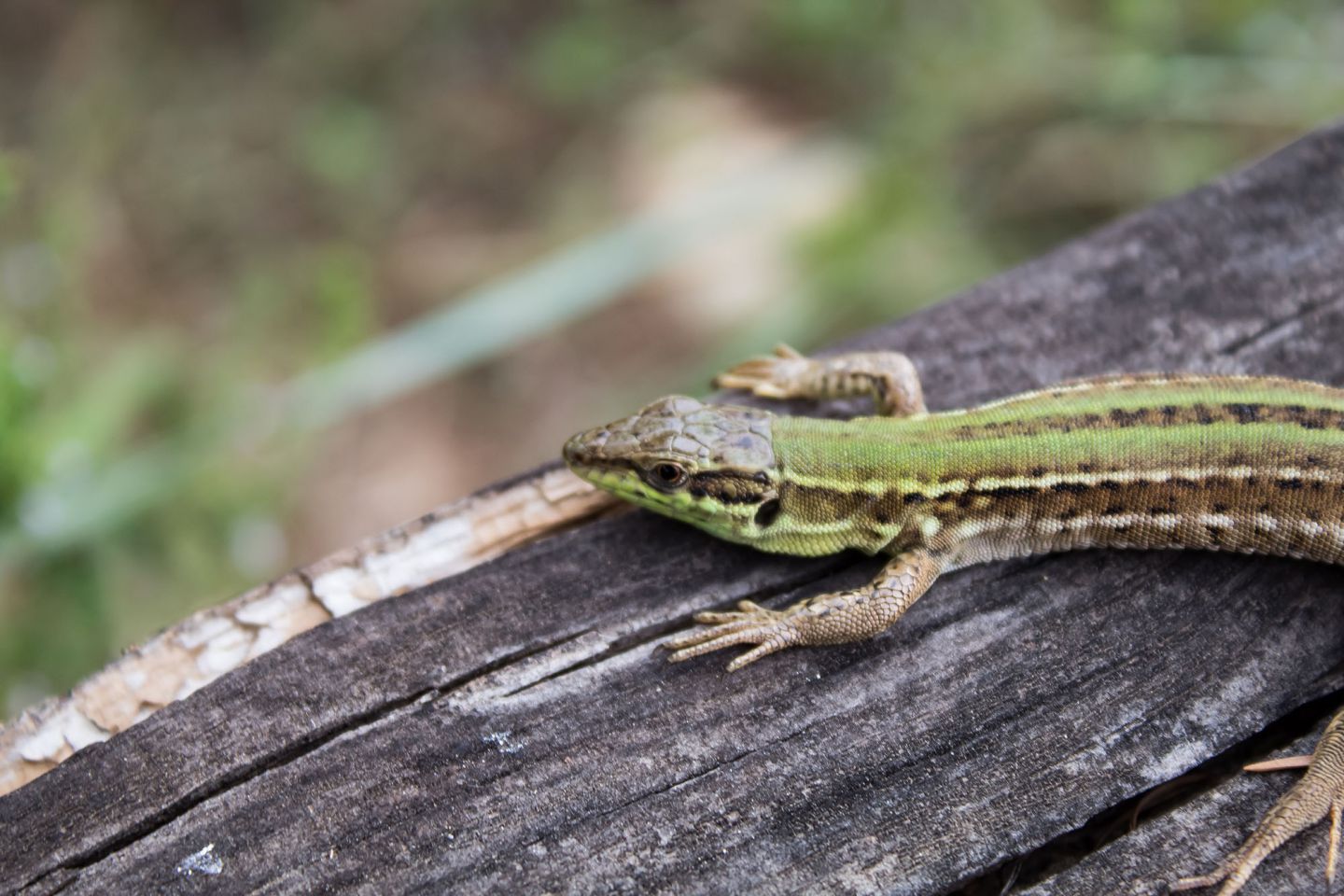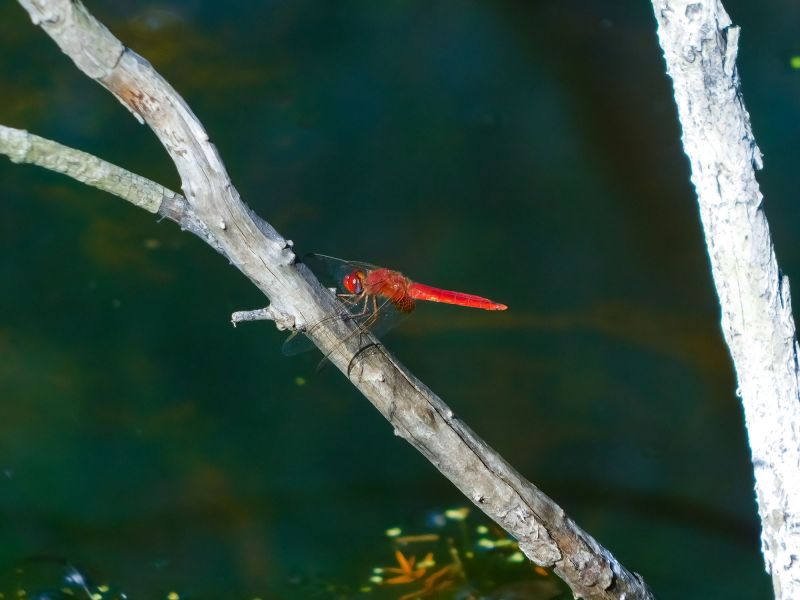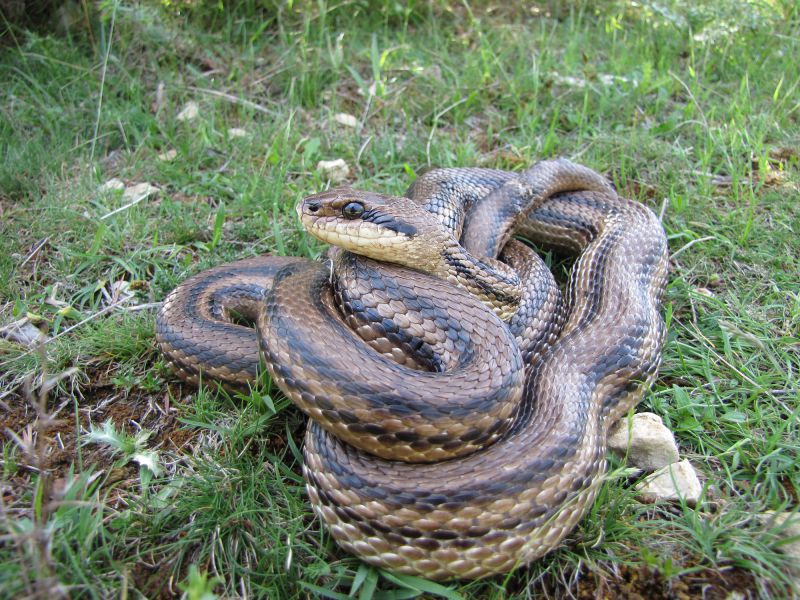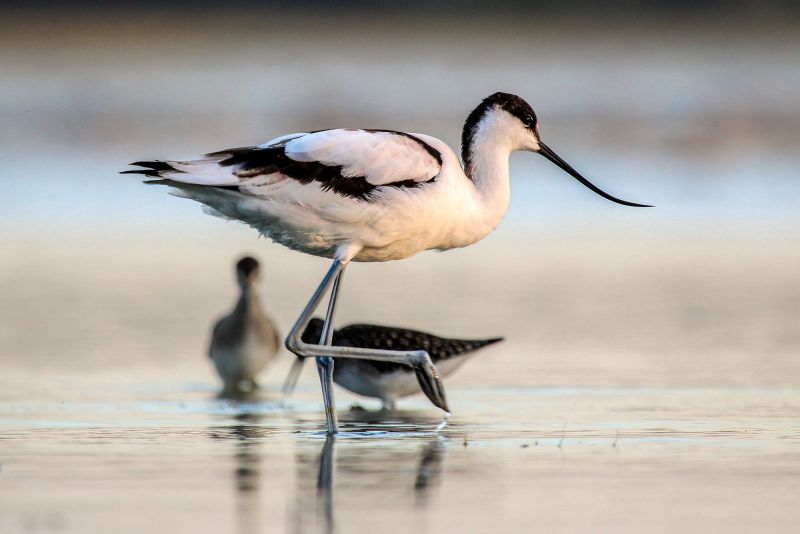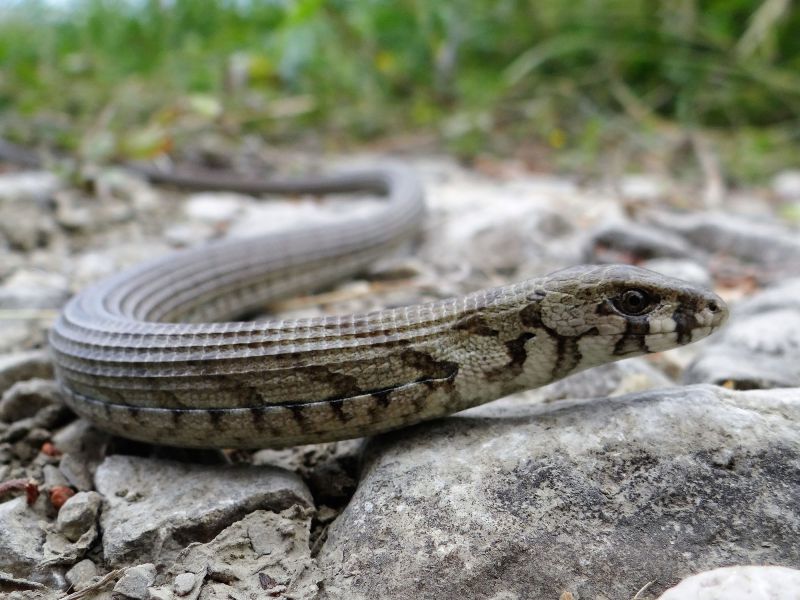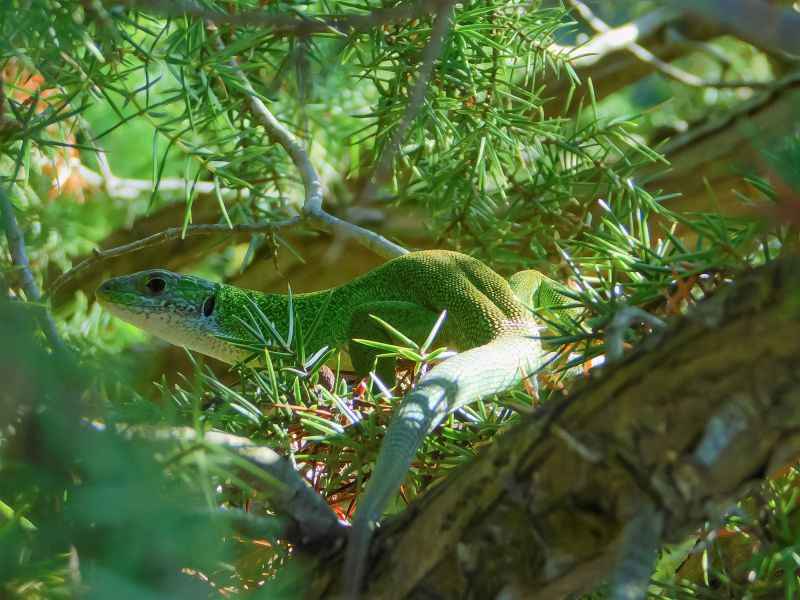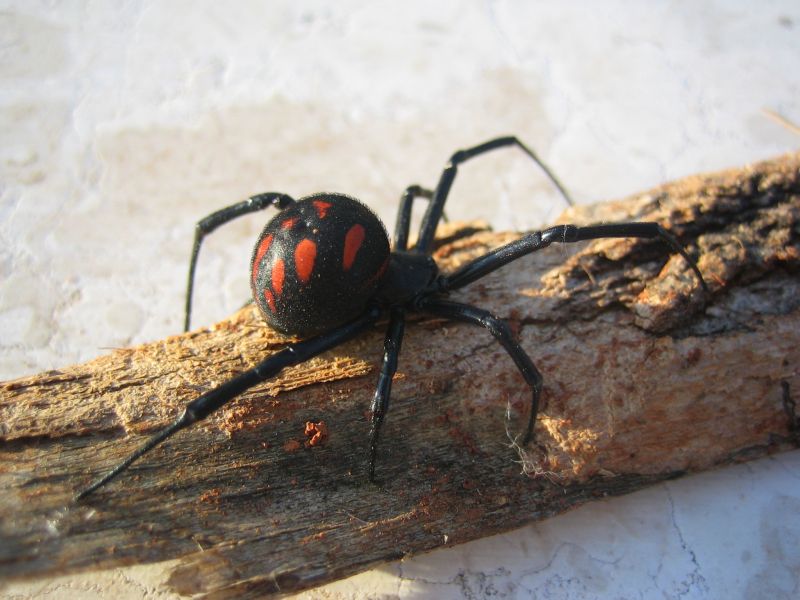Small Inhabitants of Grasslands and the Temporary Pond
It is precisely because of the rich diversity of Punta’s flora that its fauna is equally rich. Although primarily important for rare and endangered plant species, the grasslands also support many smaller inhabitants, from tiny ants to large beetles. There are more than 50 species of butterflies, the most beautiful grassland dwellers, and some, such as the red admiral (Vanessa atalanta) and the painted lady (Vanessa cardui), come here every year all the way from Africa. In the area surrounding the Mediterranean temporary pond, but also throughout the Peninsula, especially around water bodies, the Odonata species of all sizes can be encountered: from the delicate spread-winged and narrow-winged damselflies in the immediate vicinity of the temporary pond to skimmers, darters and, of course, the emperor dragonfly (Anax imperator).
 EU Projects
EU Projects English
English
